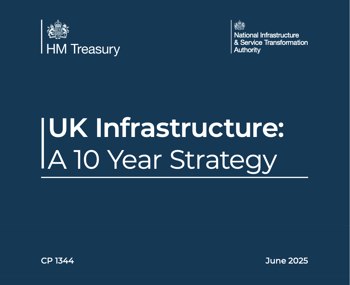Accountability
Functional Standards Common Glossary, published by the Cabinet Office, suggests: ‘Someone who is accountable is required and expected to justify actions or decisions to a person or body with greater authority, from whom the accountability has been formally assigned. [Note: accountability is normally associated with a specific scope of work or set of responsibilities.] [Note: accountabilities can be tiered such that there is a hierarchy of accountabilities, with a higher-level having overall accountability over lower-level accountabilities.] [Note: an accountable person usually has associated formally delegated authority for their actions and decisions, such as through delegated letters.]’
Project Routemap, Setting up projects for success, Organisational Design & Development, UK Module, published by the Infrastructure and Projects Authority in 2021, states: ‘The accountable person is the individual who is ultimately answerable for an activity or decision. This includes ‘yes’ or ‘no’ authority and veto power. Only one accountable person can be held to account. An accountable person has to be accountable to someone for something. Accountability cannot be delegated or shared... The responsible person is the individual who actually undertakes the task: in other words, they manage the action / implementation. Responsibility can be shared. The degree of responsibility is determined by the individual with the accountability.’
Glossary of Capital Budgeting and Infrastructure Governance, published by the Organisation for Economic Co-operation and Development (OECD) in 2018, defines accountability as: ‘The existence of an obligation to demonstrate that work has been conducted in compliance with agreed rules and standards or to report fairly and accurately on performance results vis-à-vis mandated roles and/or plans.’
The glossary of statistical terms, published by the Organisation for Economic Co-operation and Development (OECD), defines environmental accountability as: ‘…the responsibility for the deterioration of the natural environment, implying the allocation of environmental costs to the economic activities that cause such deterioration.’
[edit] Related articles on Designing Buildings
Featured articles and news
RTPI leader to become new CIOB Chief Executive Officer
Dr Victoria Hills MRTPI, FICE to take over after Caroline Gumble’s departure.
Social and affordable housing, a long term plan for delivery
The “Delivering a Decade of Renewal for Social and Affordable Housing” strategy sets out future path.
A change to adoptive architecture
Effects of global weather warming on architectural detailing, material choice and human interaction.
The proposed publicly owned and backed subsidiary of Homes England, to facilitate new homes.
How big is the problem and what can we do to mitigate the effects?
Overheating guidance and tools for building designers
A number of cool guides to help with the heat.
The UK's Modern Industrial Strategy: A 10 year plan
Previous consultation criticism, current key elements and general support with some persisting reservations.
Building Safety Regulator reforms
New roles, new staff and a new fast track service pave the way for a single construction regulator.
Architectural Technologist CPDs and Communications
CIAT CPD… and how you can do it!
Cooling centres and cool spaces
Managing extreme heat in cities by directing the public to places for heat stress relief and water sources.
Winter gardens: A brief history and warm variations
Extending the season with glass in different forms and terms.
Restoring Great Yarmouth's Winter Gardens
Transforming one of the least sustainable constructions imaginable.
Construction Skills Mission Board launch sector drive
Newly formed government and industry collaboration set strategy for recruiting an additional 100,000 construction workers a year.
New Architects Code comes into effect in September 2025
ARB Architects Code of Conduct and Practice available with ongoing consultation regarding guidance.
Welsh Skills Body (Medr) launches ambitious plan
The new skills body brings together funding and regulation of tertiary education and research for the devolved nation.
Paul Gandy FCIOB announced as next CIOB President
Former Tilbury Douglas CEO takes helm.
UK Infrastructure: A 10 Year Strategy. In brief with reactions
With the National Infrastructure and Service Transformation Authority (NISTA).






















